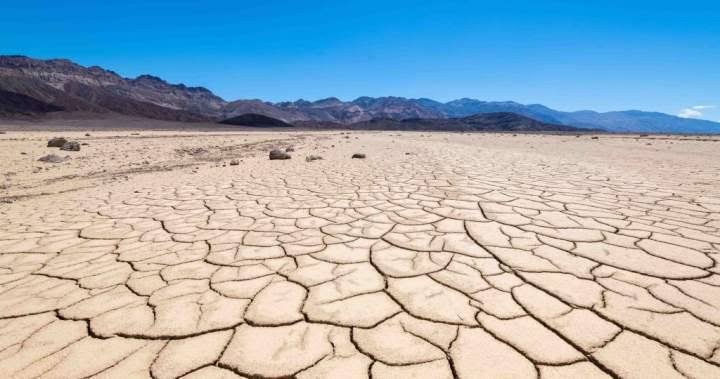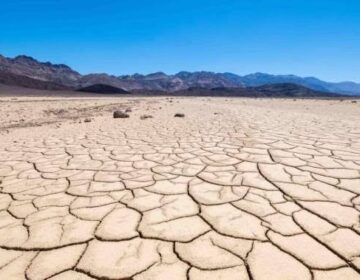Researchers found that this plant rewires its photosynthesis and gene expression to thrive under temperatures that cripple most crops. Its cells and enzymes adapt with stunning speed, making it the most heat-tolerant plant ever recorded. The discovery could revolutionize crop science as humanity faces a hotter future.
In California’s Death Valley, where summer temperatures often climb past 120 degrees Fahrenheit, survival seems nearly impossible. Yet among the cracked ground and searing light, one native species not only endures but flourishes.
That plant, Tidestromia oblongifolia, has enabled scientists at Michigan State University to uncover how life can thrive in extreme heat. Their discovery could help researchers design crops capable of adapting to rising global temperatures.
Research Foundation Professor Seung Yon “Sue” Rhee and Research Specialist Karine Prado describe how T. oblongifolia accelerates its growth in Death Valley’s scorching conditions. The plant accomplishes this by swiftly fine-tuning its photosynthetic machinery to withstand intense heat.
For Prado, the project began with a burning question: how does this plant remain lush and green in conditions that would kill most species within hours?
“When we first brought these seeds back to the lab, we were fighting just to get them to grow,” Prado said. “But once we managed to mimic Death Valley conditions in our growth chambers, they took off.”
Together with colleagues in the Rhee lab at MSU’s Plant Resilience Institute, Prado used custom-designed chambers to reproduce the intense sunlight and dramatic temperature swings typical of a Death Valley summer. The results were startling. Within just 10 days, T. oblongifolia tripled its biomass. In comparison, other closely related plants renowned for their heat tolerance stopped growing entirely.







